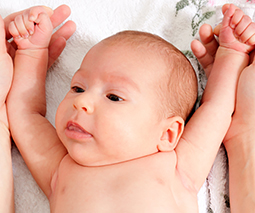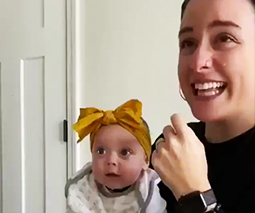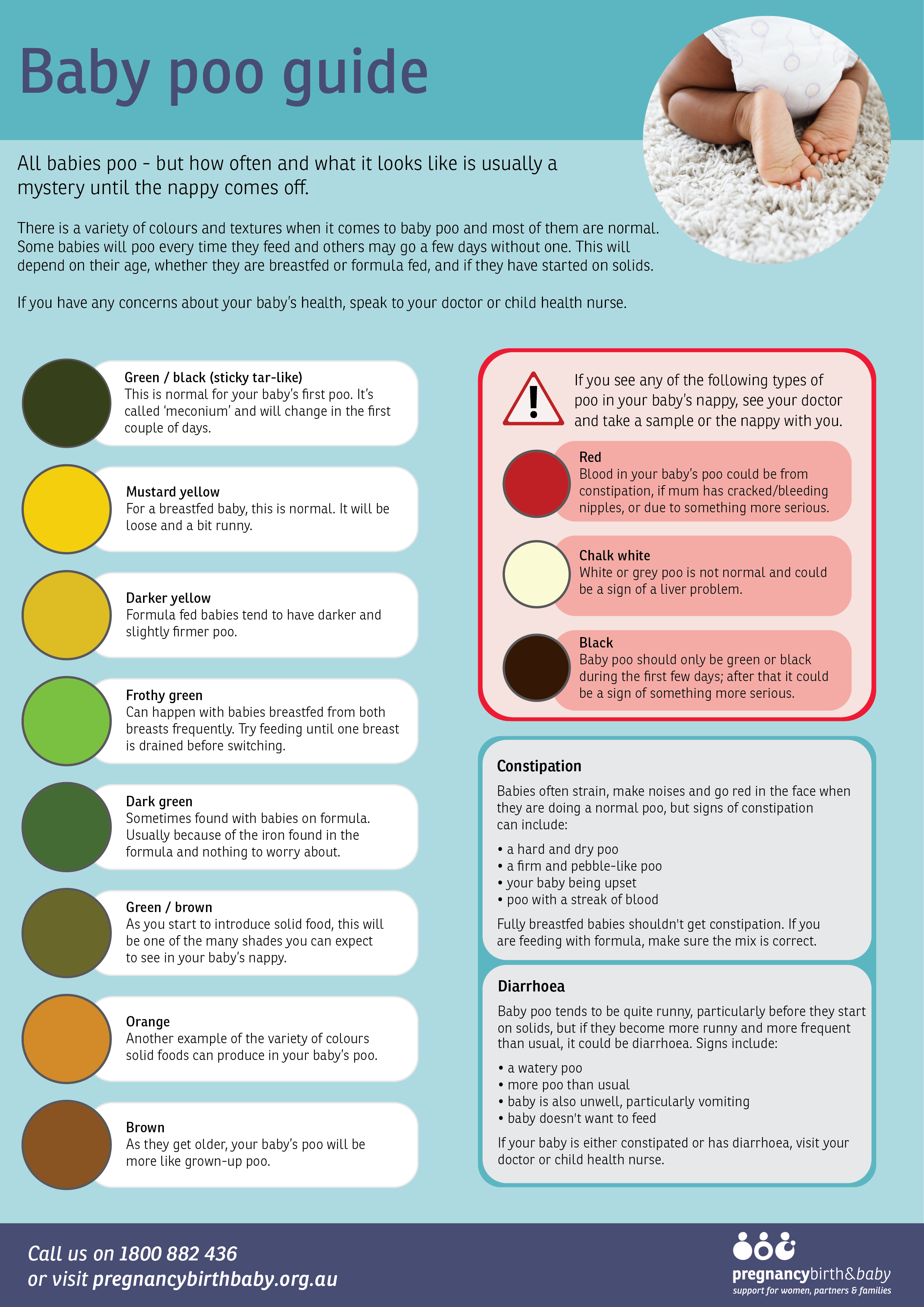From mustard to green, here’s what your baby’s poo colour means
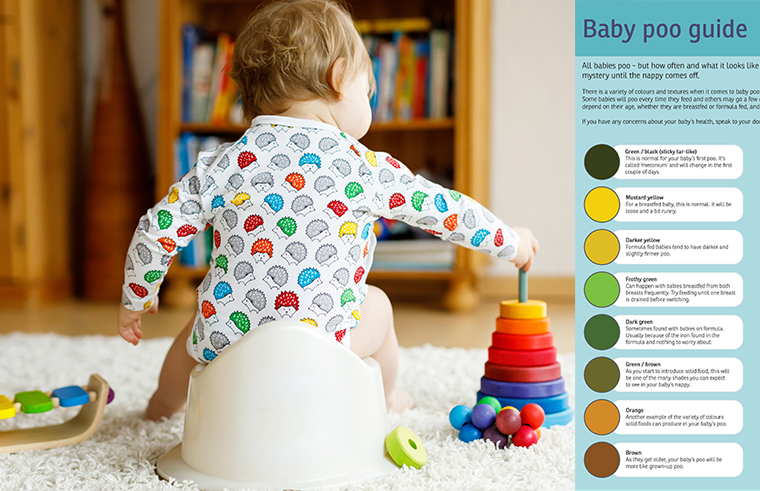
Before you have a child, chances are you didn’t talk about poo too much. At least, it’s unlikely it was dinner table conversation.
A lot of things change after you have a baby.
In the interest of complimenting these conversations with some reliable facts, we’ve compiled a few choice bits of info that will help you understand your baby’s poo.
The first poo
Meconium is a baby’s first poo. It’s dark black, slightly green and sticky.
Dianne Zalitis from Pregnancy, Birth and Baby says that the colour and texture of a baby’s first poo is a build-up of waste products from the baby’s gut.
Be prepared to use a few wipes in getting this sucker off your baby’s beautiful little bottom. In a crisis, it could double as super glue.
The difference between breastfed and formula-fed poo
Baby poo comes in such a wide array of colours, so much so that Pregnancy, Birth and Baby created an infographic to help parents decipher what’s normal and what’s not (see below).
New babies have small tummies, so what comes out often reflects what goes in, which is why breastfed baby poo is a different colour to formula-fed baby poo.
Dianne says, “If your baby is breastfed then their poo will be a yellow-mustard colour. If your baby has formula, it can be a brown-green colour.
“Breastmilk comes with its own prebiotics and probiotics within the milk. Breastmilk has living organisms within it. The colour of a baby’s poo when they’re formula fed is more related to the fact that there’s a lot of iron in the formula that gives it that greenish colour.”
Dianne adds that colour is not indicative of gut health, and that your baby will get everything it needs from either breast or formula milk (i.e. you don’t need to ‘top-up’ with probiotics).
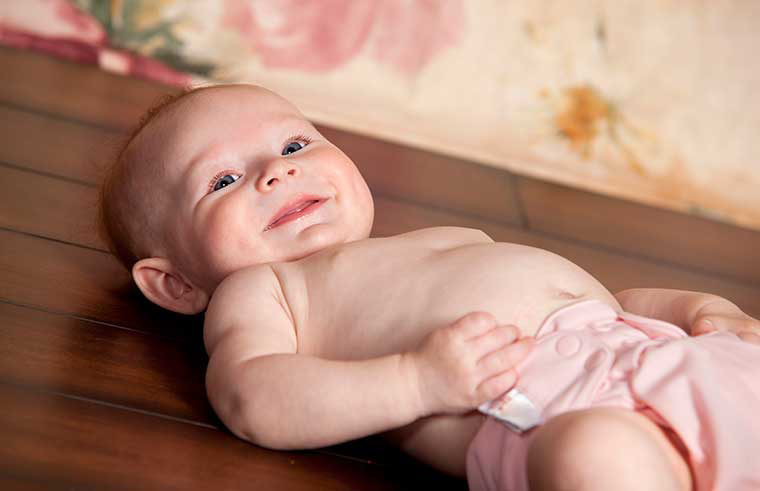
Avoiding constipation
Dianne says that many parents who approach their Helpline are concerned about constipation.
“We get so many calls from parents who are worried when their baby hasn’t pooed for a few days. Also, babies will grunt and groan and go red in their face and make all sorts of straining efforts.”
This is normal baby behaviour. Breastfed babies, in particular, can go for several days without pooing (though watch out when they finally do pass a bowel movement! Hoo boy!) and that babies often strain to poo as their tummy muscles are still developing.
“As long as their poo is not hard and like little rabbit poo, if it’s a normal consistency like toothpaste then they are fine,” explains Dianne. “People also worry about diarrhoea but breastfed babies’ poo can be quite loose. If it’s really watery or has blood or mucus in it and there are other signs that they’re unwell then you need to see a doctor.”
The final frontier: solids
It’s not until your child starts solids that you fully appreciate how inoffensive milk-poos truly are. But by then there’s no going back (sorry).
To avoid tummy upsets keep an eye on what your child is eating. It may be that a particular type of food doesn’t agree with them. Make sure you follow good food hygiene (clean hands, don’t share surfaces with different raw meat and vegetables etc). When you introduce water after six months, or when you’re using water with formula make sure it’s cooled boiled water.
While the progression to adult-like stools is slow, as your introduction of solids progresses so does the metamorphosis of your baby’s poo.
Don’t worry. One day they will be using the toilet and wiping their own bum, but in the meantime – good luck!
Check out this handy baby poo guide:
Infographic courtesy of Pregnancy, Birth and Baby.
 Need some feeding or lactation advice? Parent School’s International Board-Certified Lactation Consultants can help. Click to find out more or book a one-on-one session.
Need some feeding or lactation advice? Parent School’s International Board-Certified Lactation Consultants can help. Click to find out more or book a one-on-one session.

